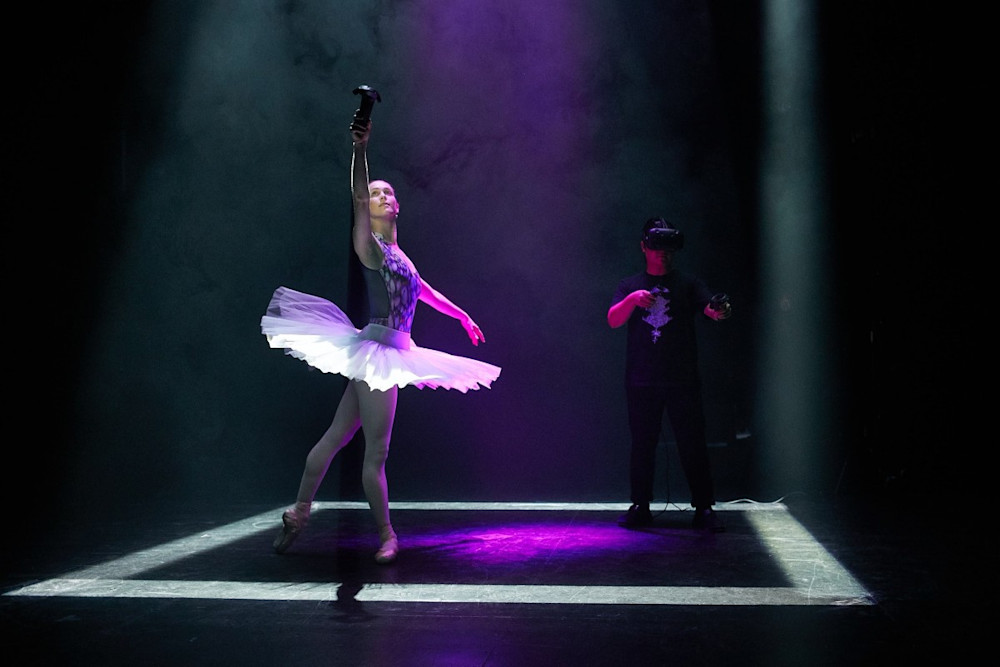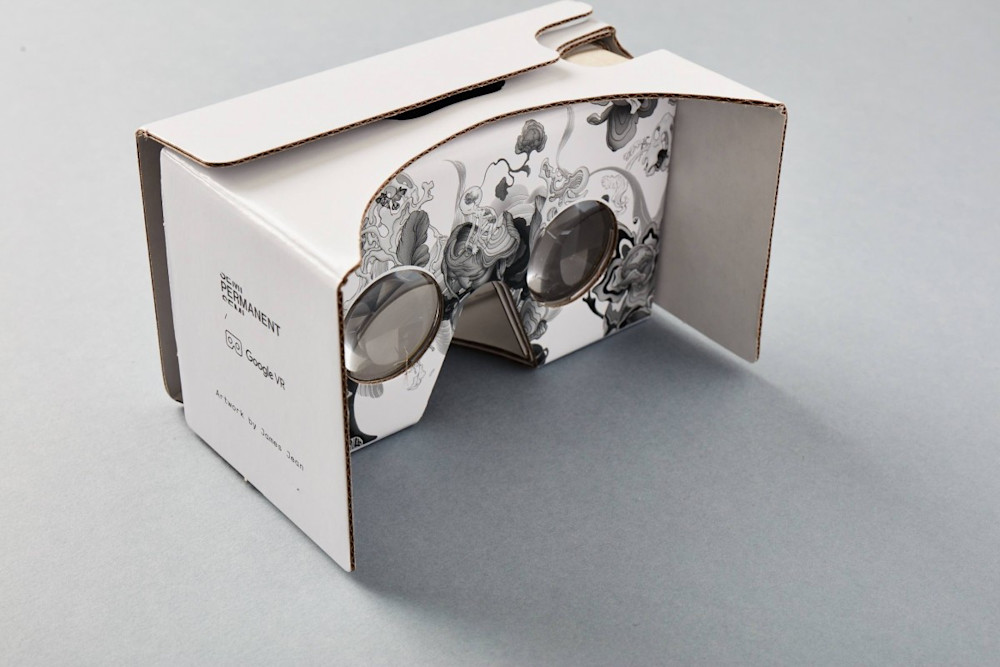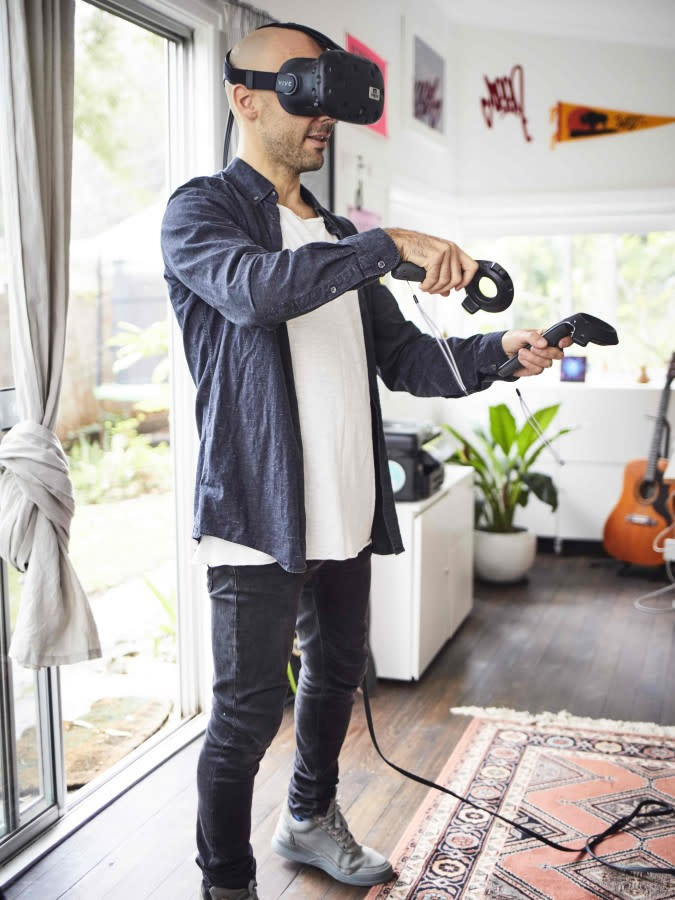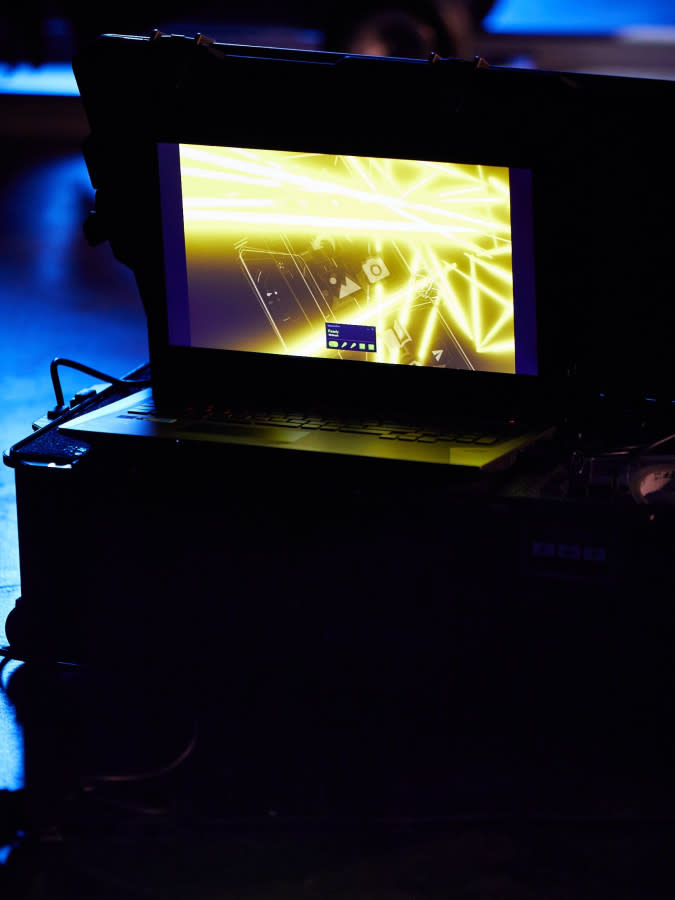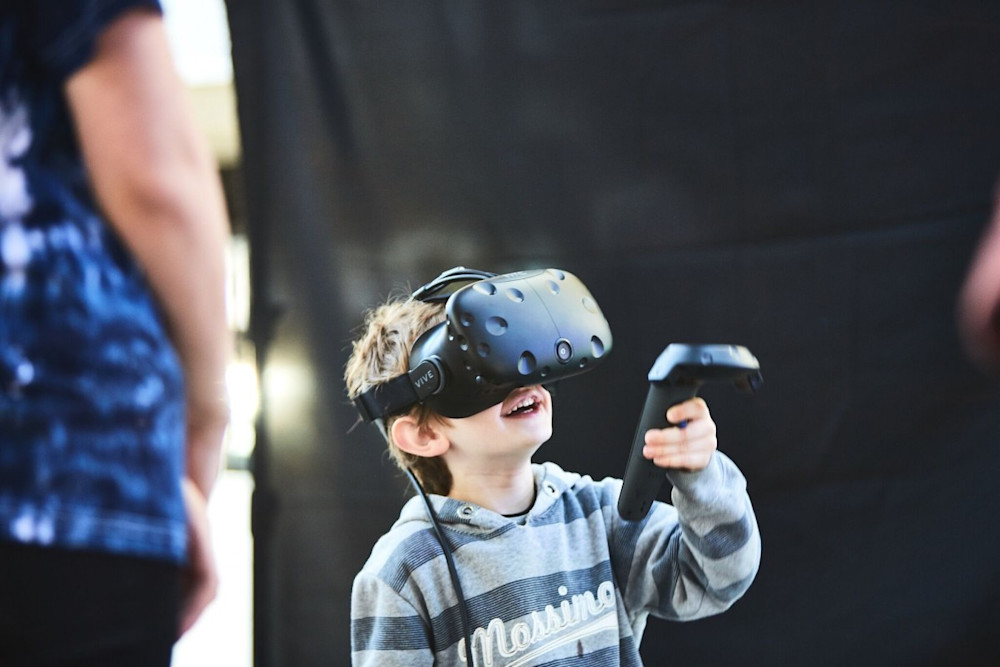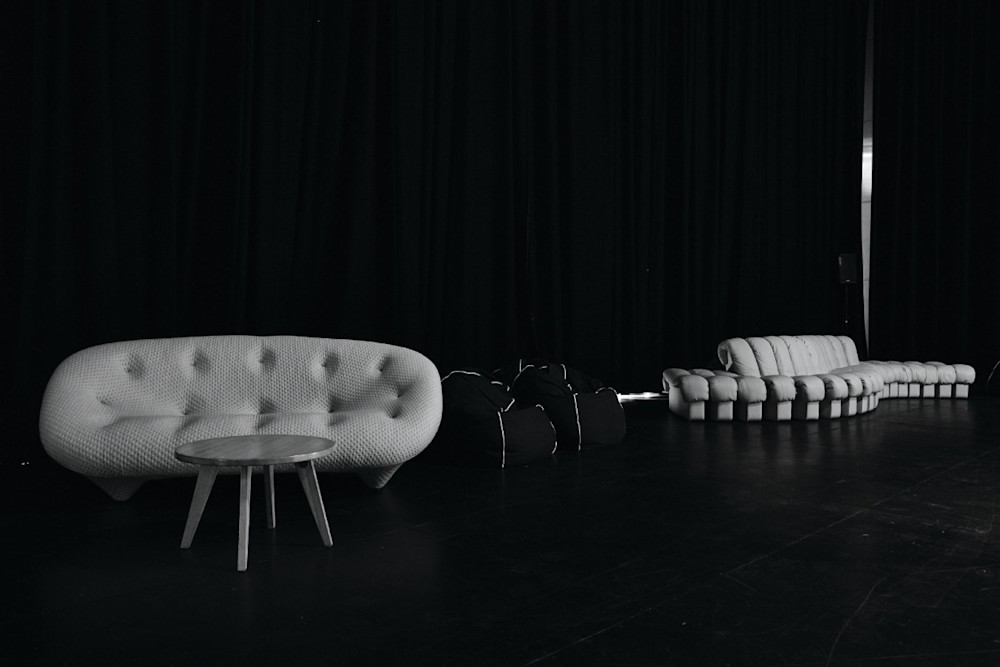On the origins of Immersive Art
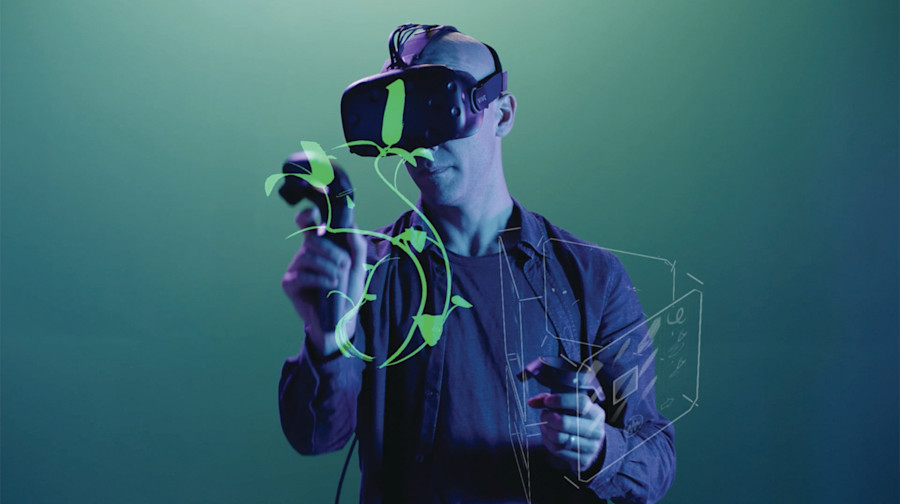
A few months ago, we hedged our bets on Virtual Reality as the future of our industry – a revolutionary platform for storytelling, data visualisation, empathy and romance akin to the invention of the paint tube or the editing suite.
The collaborators:
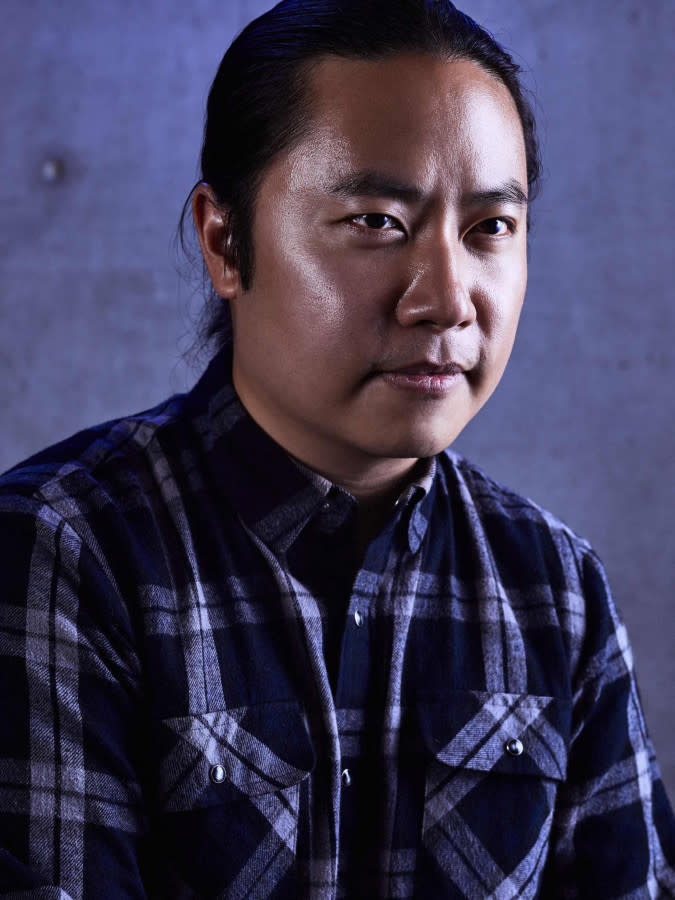
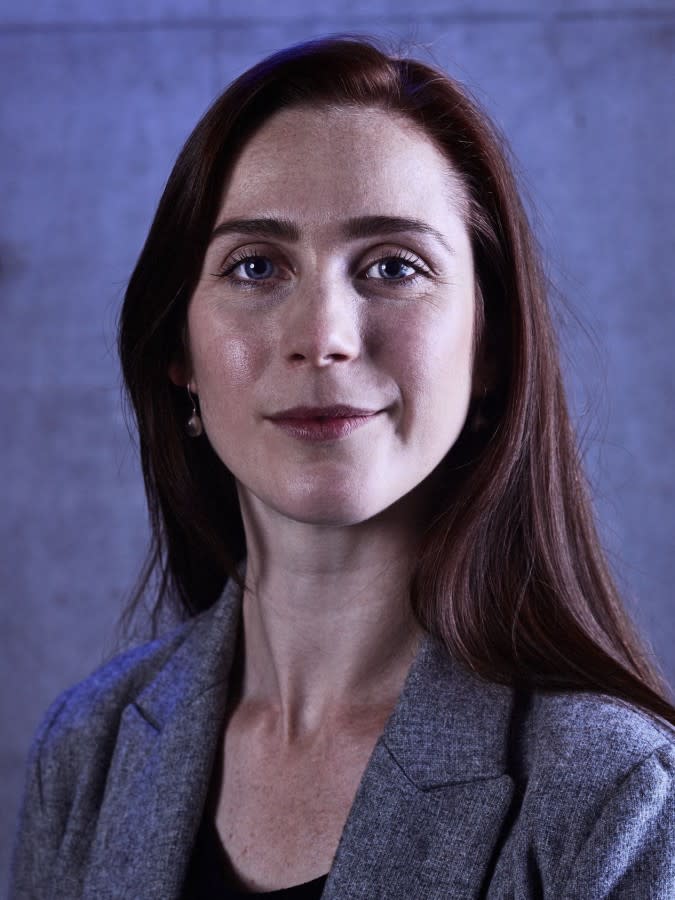

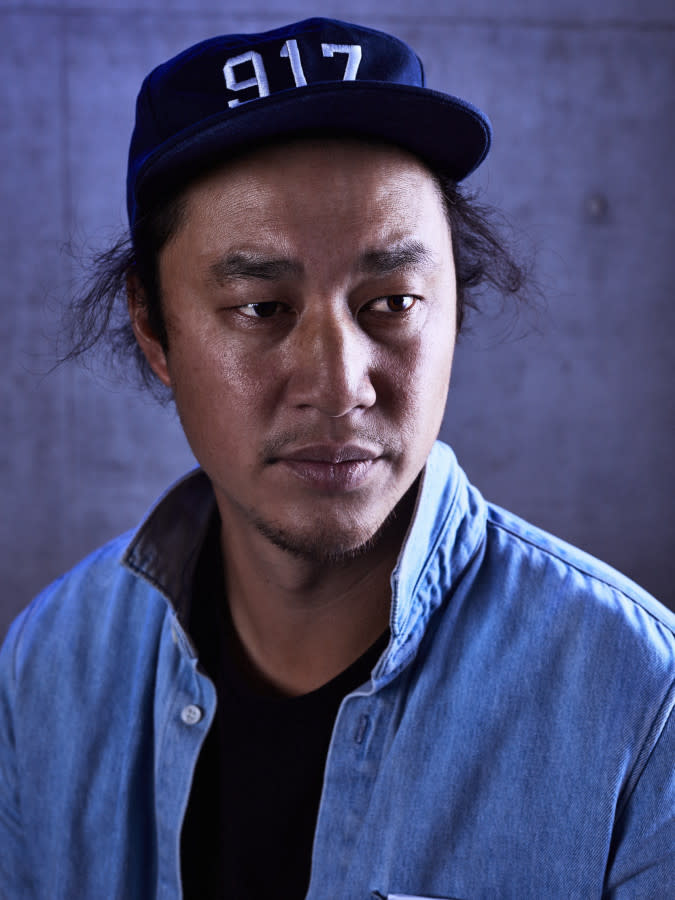
The Experience
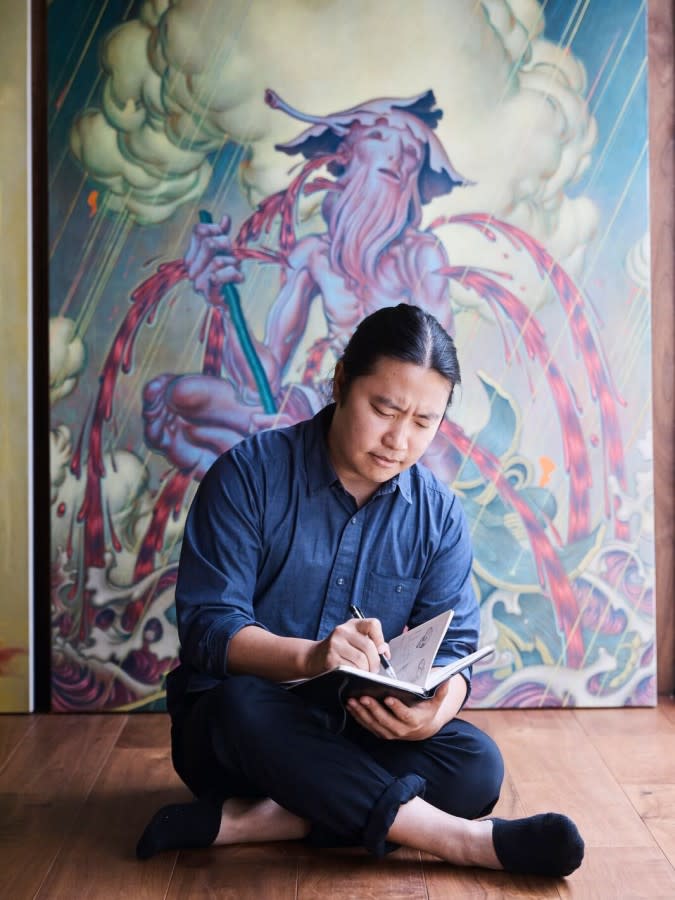
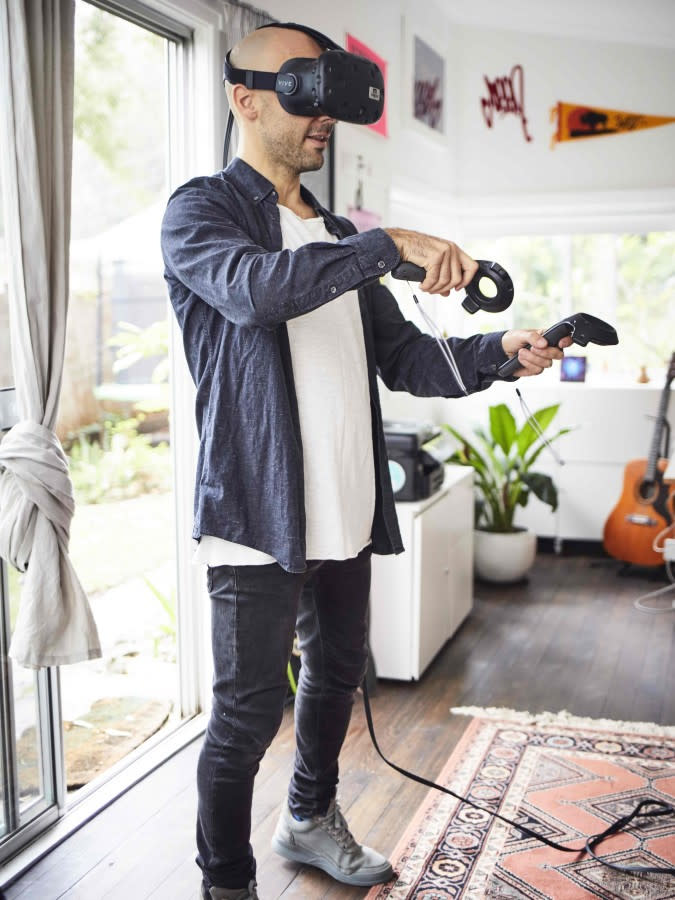
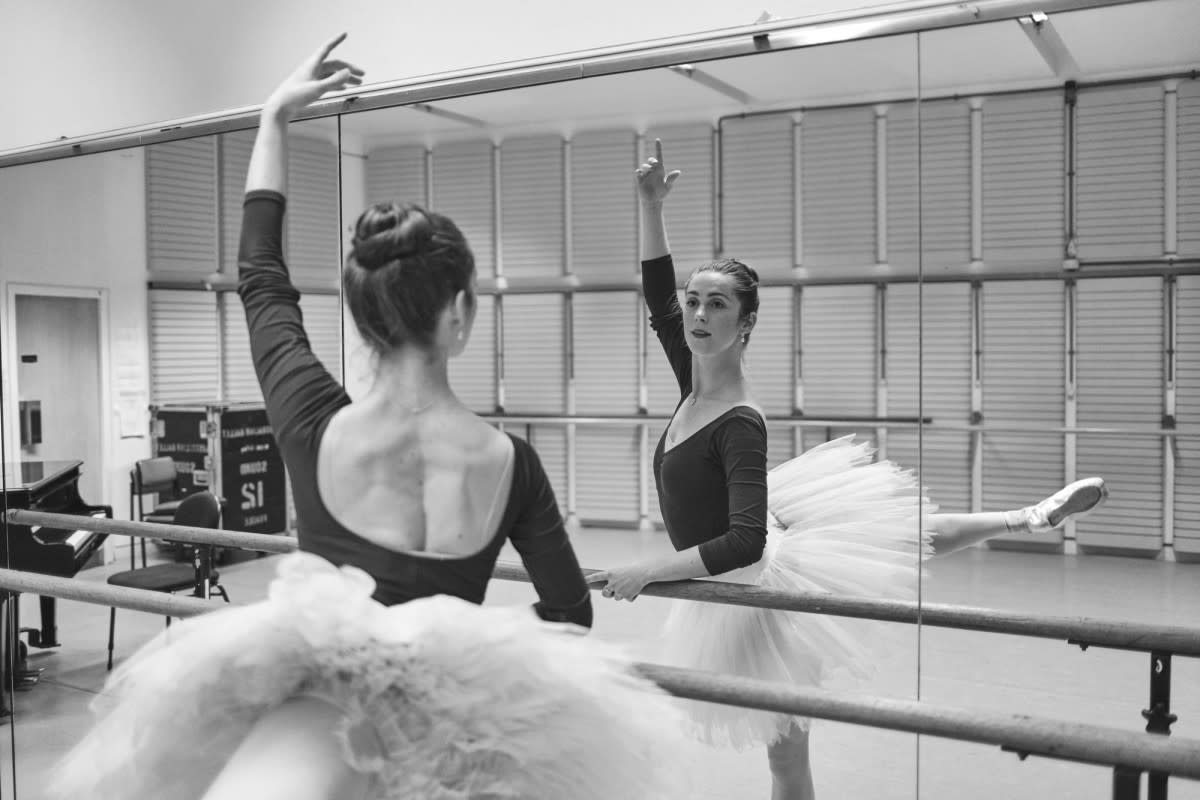
The Results
James Jean and Sharni Spencer: Nests
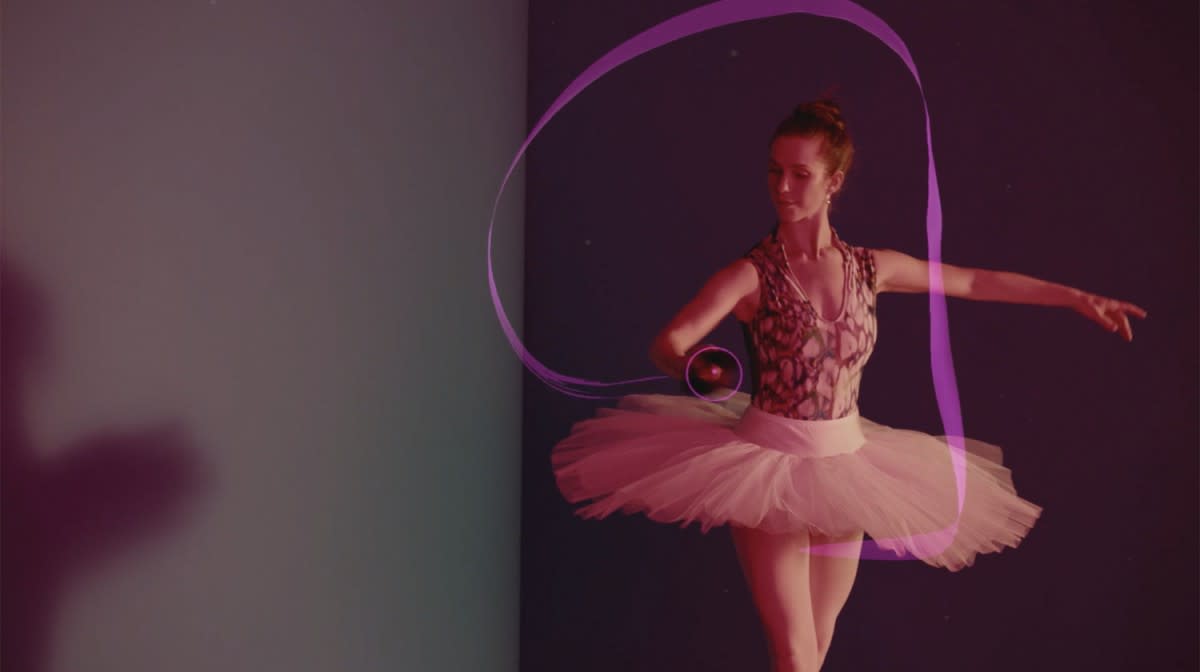
In the very beginning, Sharni created the bones for a horse character that evolved from the movements she made. Then along the way her movements became these nests of activity and I would go in and tease out images and new ideas – branches would evolve and erupt from these nests that Sharni created. It all evolved very naturally.
James Jean
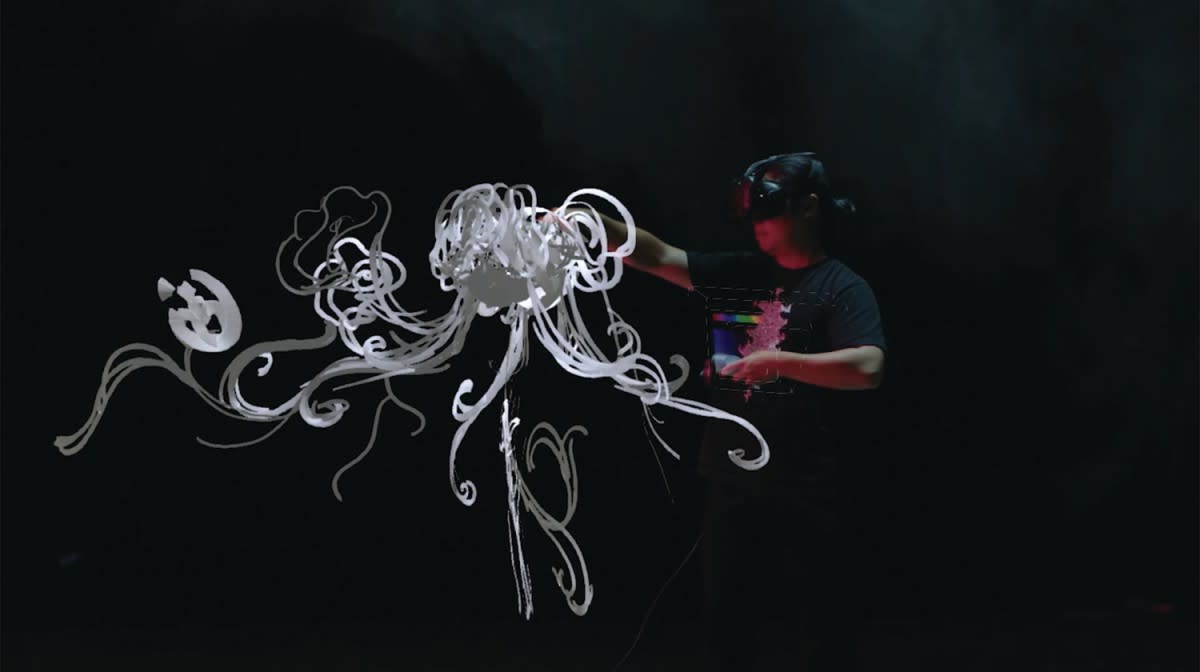
I was so excited I could be a part of this project and explore this type of creative process. As a dancer, this technology and collaboration is not normally something I would be part of.
Sharni Spencer
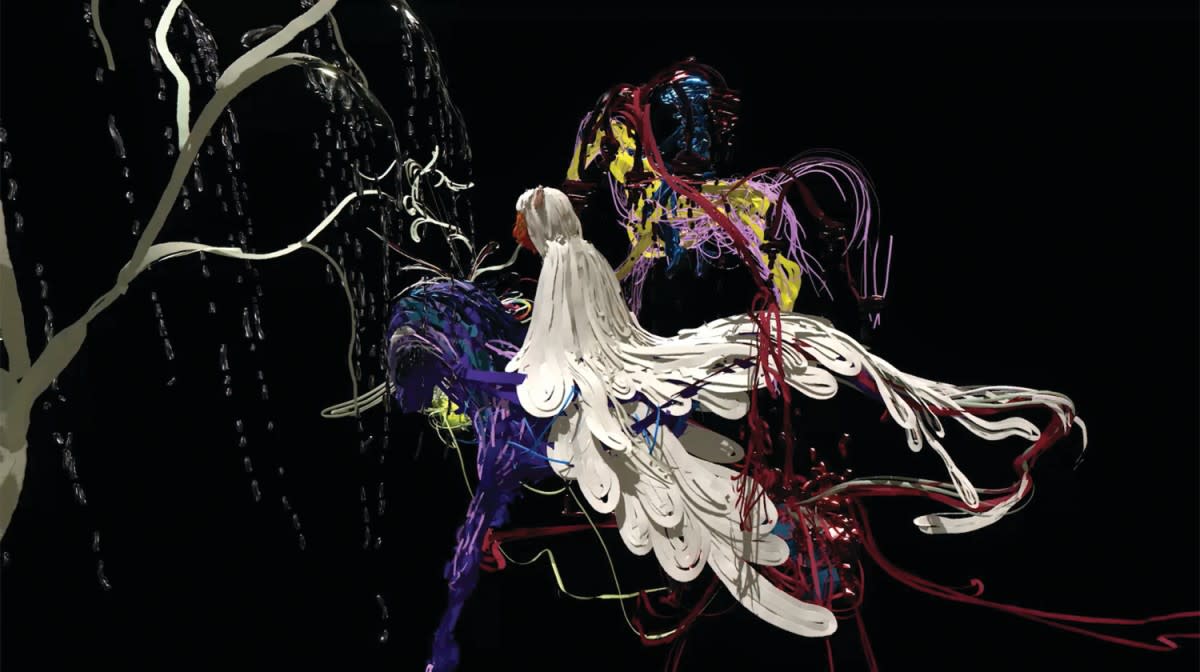
I'm like this omnipotent God creating the scene at will...
James Jean
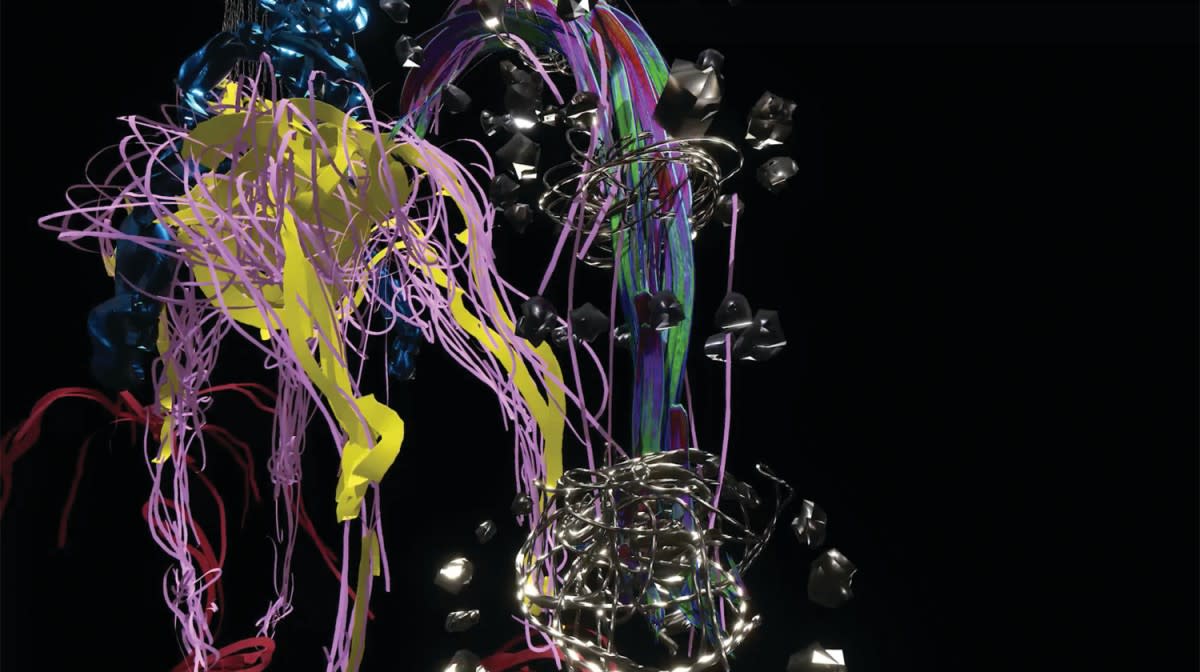
Luke Lucas and Kelvin Ho: Collaboration
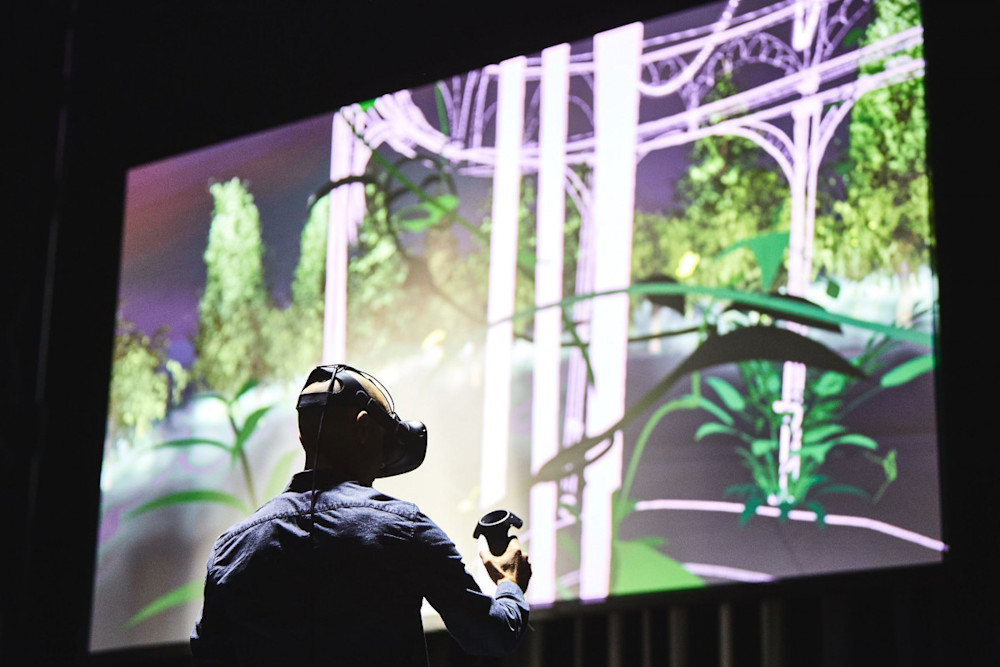

Part of the challenge was trying to work out an approach where we could both express our style and interests and we seemed to do that through the Glasshouse concept.
Luke Lucas
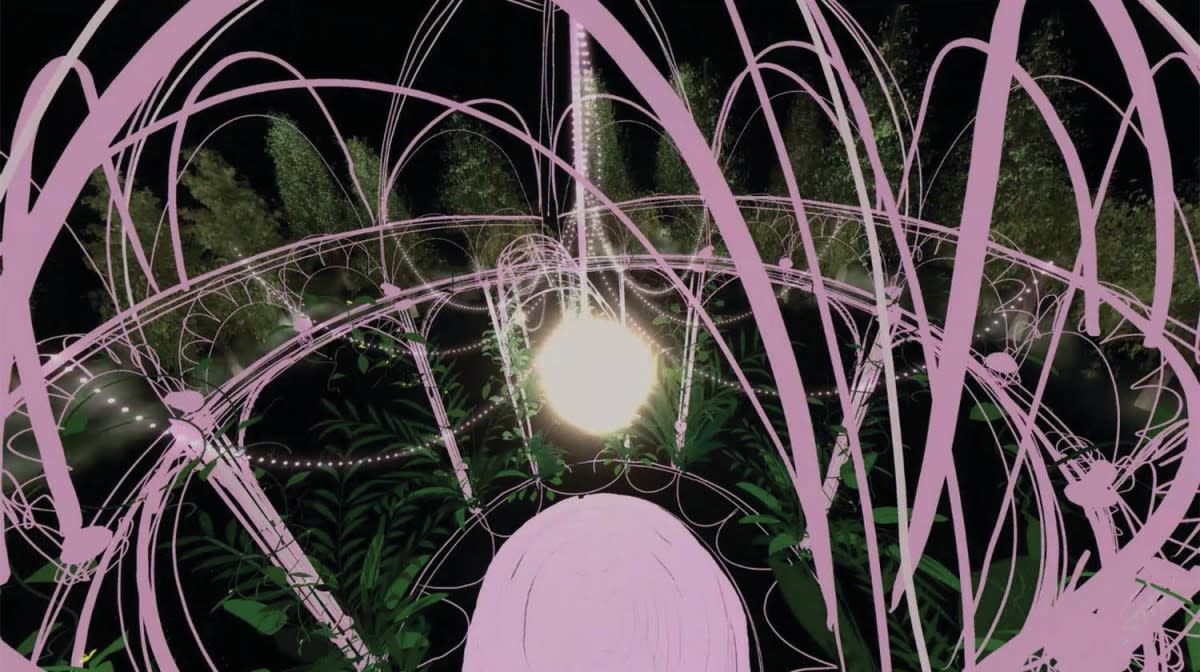
It was interesting from a physical point of view - because typically you would be drawing from the wrist, elbow or shoulder (they are the principles of drawing of painting) but what this opened up was a physical pivot point and using your whole body axis as a tool. We discovered the more you use it the more you are essentially using your body as a compass or as a straight line or a pivot point - you can't really do that when you're drawing something flat
Kelvin Ho
The Future...
A big thanks to Google for helping make it possible. If you have a VR headset like the Google Cardboard or Daydream you can jump into the final artworks here.
Some notes from our friends...
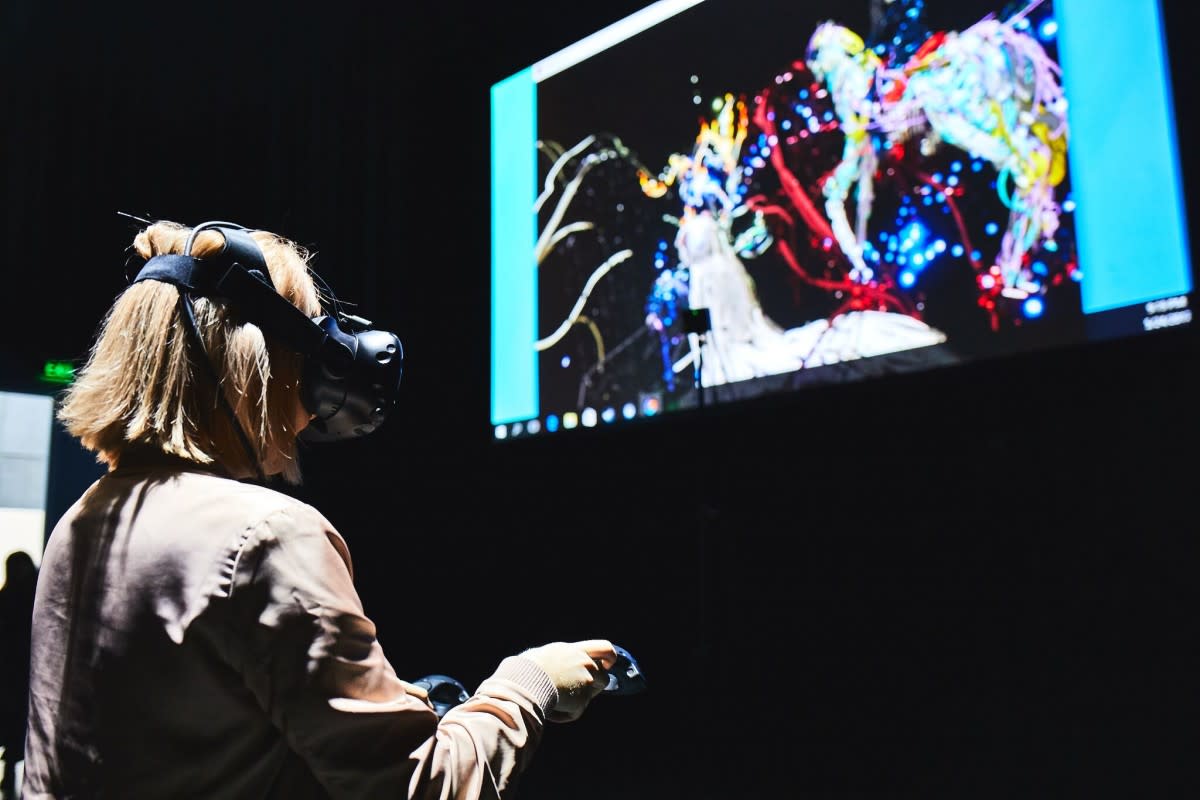
Thankyou! It's given me a world of ideas.
Ben Quilty, Artist, Winner – Archibald Prize
Fantastic experience! It's not drawing, it's sculpting. I want to go back to the black box.
Anna Wili-Highfield, Sculptor
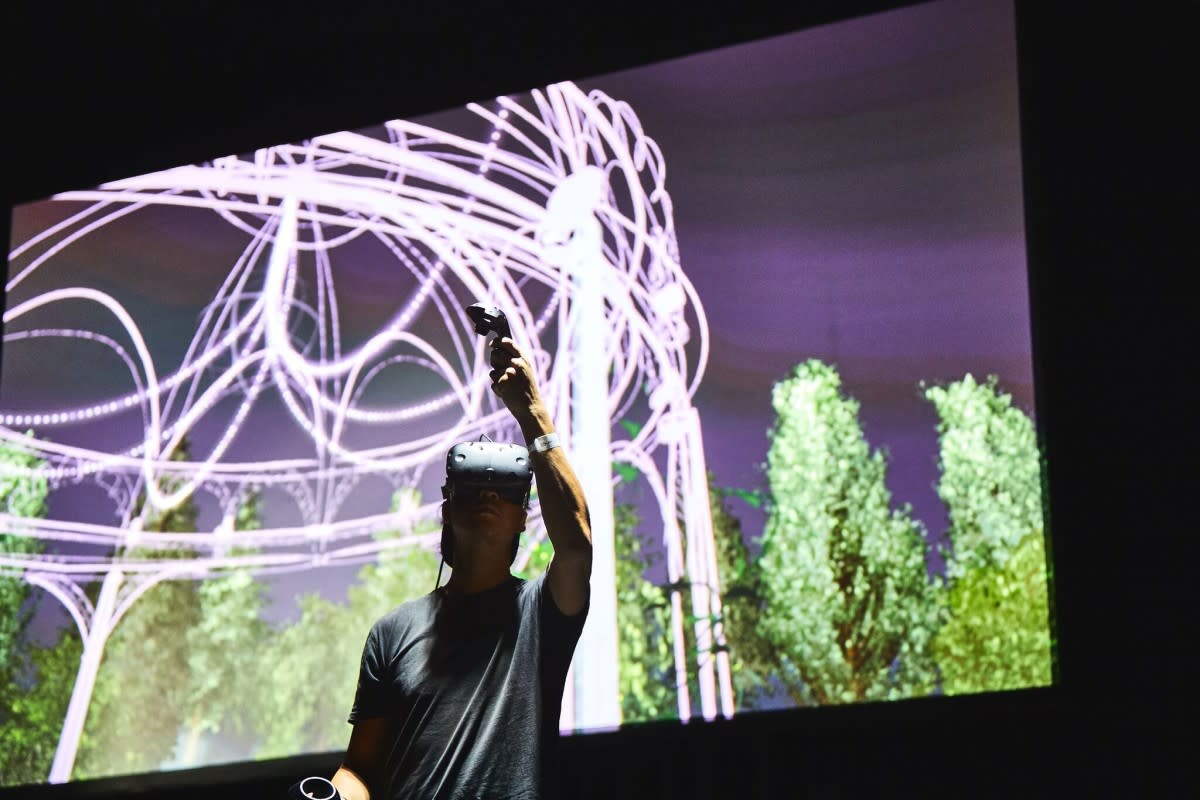
It's rare to be able to lose yourself in a creative experience like that. There's very little I can compare it to - it has to be exprienced. I believe it's a big part of our future and how we will create and share.
David Caon, Industrial Designer
I believe we're one step closer to uploading our consciousness into the cloud.
James Jean, Artist
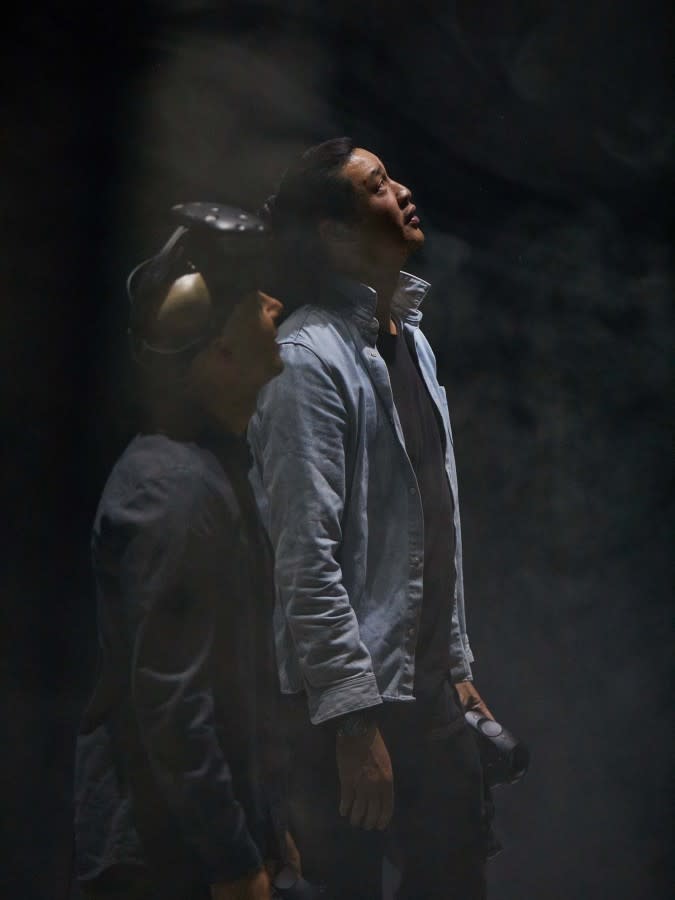
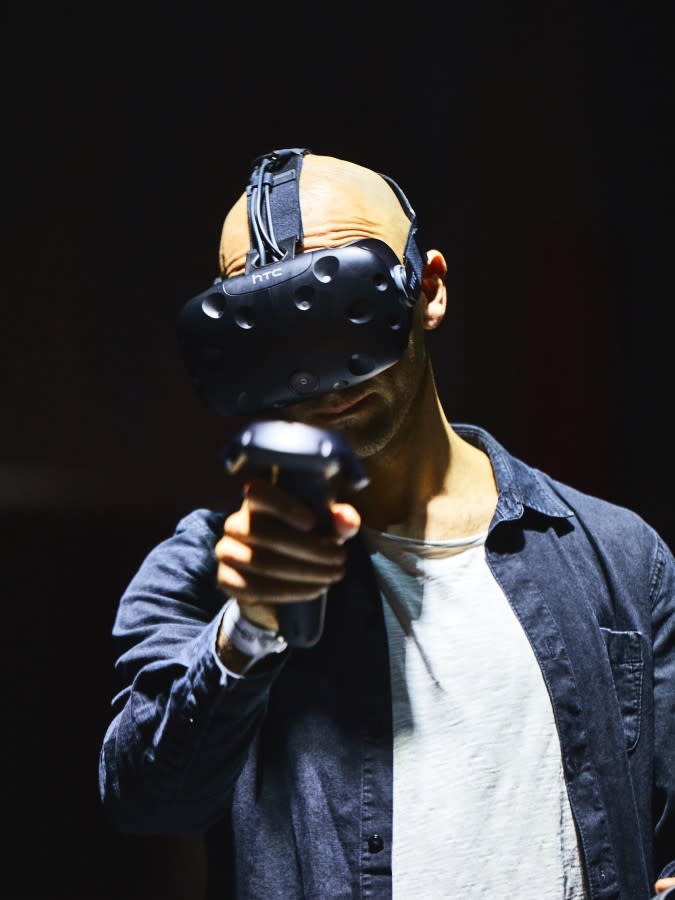
It's beyond being inspired. Its design in context, how it fits in the world.
Gemma O'Brien, Typographer
The more we got to experience Tilt Brush and inhabit these environments, the more we realised the amazing potential and infinite possibilities that comes with this toolkit.
Leilani Croucher. Director, Will O'Rourke
